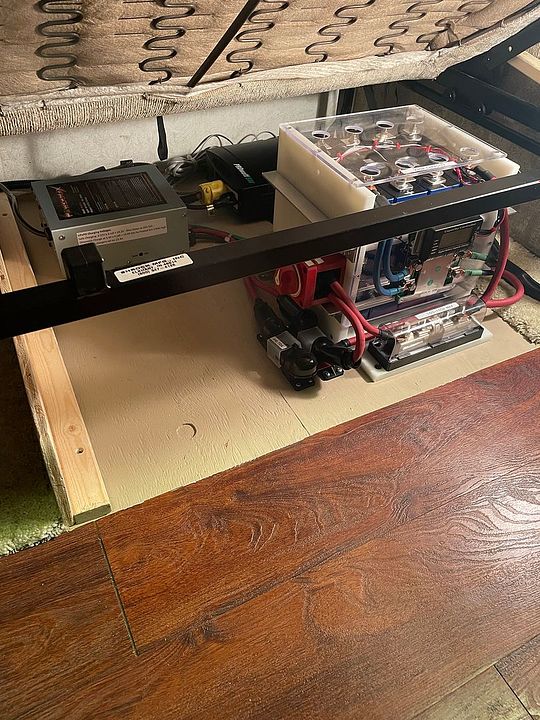geraldrd
New Member
I am looking to do my first solar install on my RV currently it has a starter battery and a 100 amp hour SLA house battery I am looking to install a Renogy DC to DC with MPT controller my question for a 30 amp RV power system should I use the 50 amp unit or the 30 amp unit. I don't know the amp output of my alternator but the engine is a 10 cylinder unit it is a Fleetwood Jamboree searcher RV 24 foot no slides year 1997 . I have also seen on you tube a battery bank manager to mix led and lithium battery banks for boats was wondering if this is a good idea as I just want to augment my current battery for the house with lithium.
bellow are the video and his page selling the battery bank manager. Any one has experience with this thanks Gerald
https://www.emilyandclarksadventure.c...
bellow are the video and his page selling the battery bank manager. Any one has experience with this thanks Gerald




_IMG_4225.HEIC?width=960&height=720&fit=bounds)